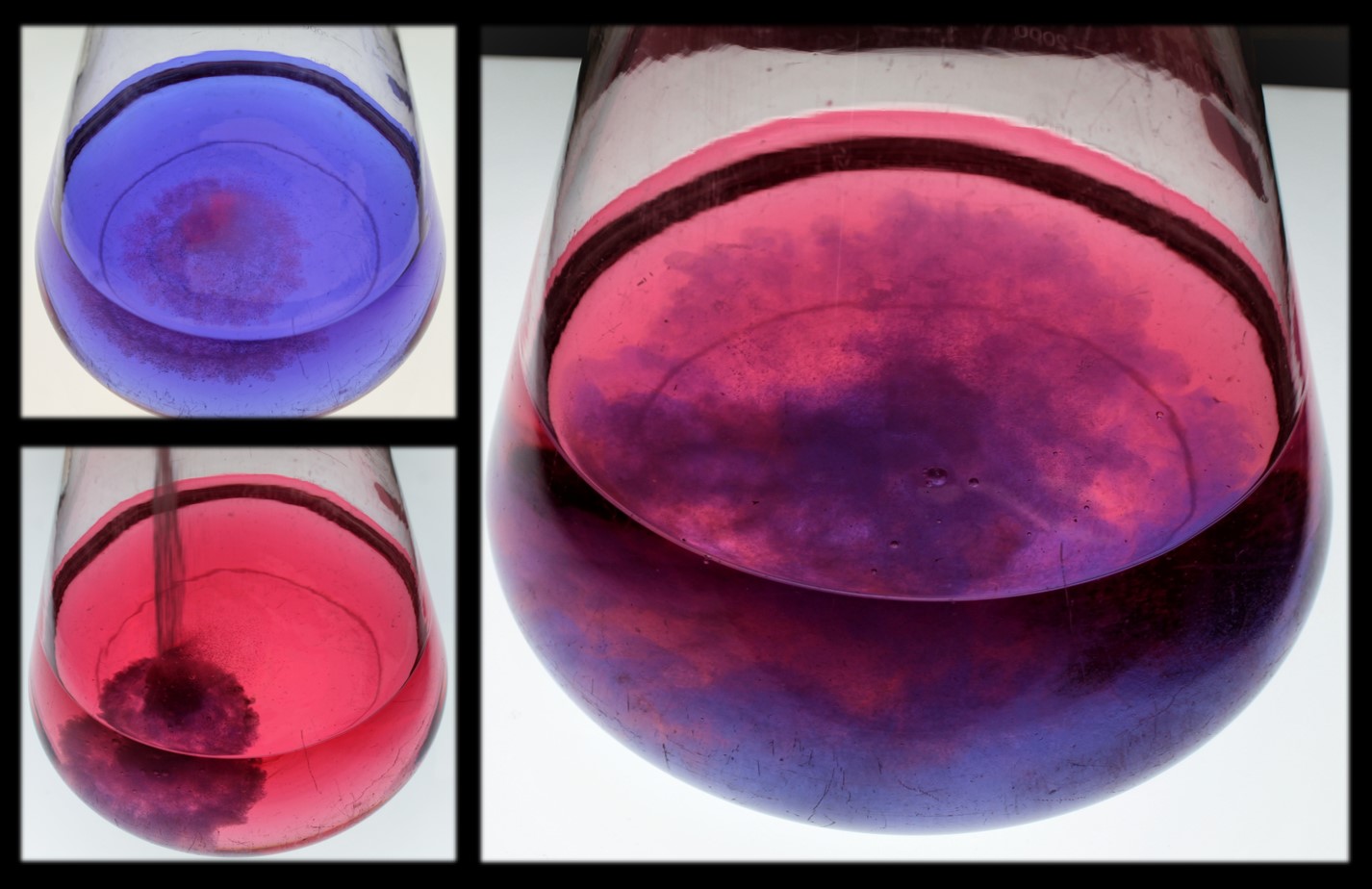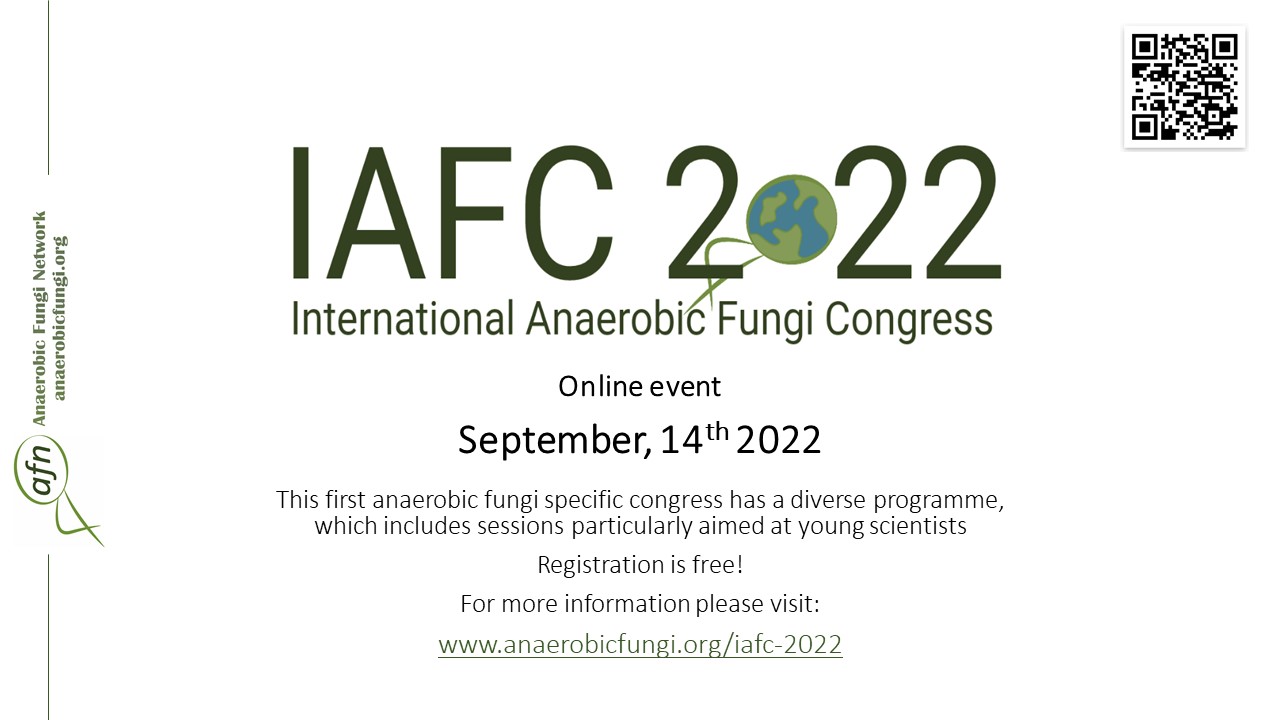New Real Science Gallery pictures will be posted here as soon as they are available.

An interesting research article published by Michelle O’Malley‘s group reveals the secrets of enhanced enzyme activity and the growth rate of anaerobic fungi.
The genus name, Capellomyces, is derived from the Latin word for goat as this is the animal the genus was first isolated from. This genus was first described in 2020 as part of a collaborative study that documented two Capellomyces species (Hanafy et al, 2020a). The main morphological characteristics of Capellomyces are common to several different anaerobic fungal genera: monocentric thallus, filamentous rhizoidal system, and monoflagellated zoospores.
Please find more information on the genus Capellomyces here.
We are happy to announce three great keynote talks for the IAFC 2022! Jongsoo Chang, Igor Grigoriev, and Mike Theodorou will enlighten us on anaerobic fungi genomics, proteomics, and general aspects of research on these peculiar organisms.
Follow the new research article published on ‘Ethanol production from lignocellulosic biomass by co-fermentation with Pecoramyces sp. F1 and Zymomonas mobilis ATCC 31821 in an integrated process‘ from the lab of Prof Yanfen Cheng.
Agriosomyces was identified in 2020 as a part of a collaborative isolation effort that targeted a wide range of wild and zoo-kept herbivores (Hanafy et al, 2020). Like several other genera that have been described to date, Agriosomyces has a monocentric sporangium, filamentous rhizomycelium and monoflagellated zoospores.
The genus name, Agriosomyces, is derived from the Greek word for wild: Agrios. This is because Agriosomyces was isolated from a wild Mouflon sheep and a wild Boer goat.
Please find more information on Agriosomyces here.
Registration and abstract submission are open now! Abstract submission will close on 30th of June 2022, and registration will close on 31st of August 2022.
Click here for more information.
